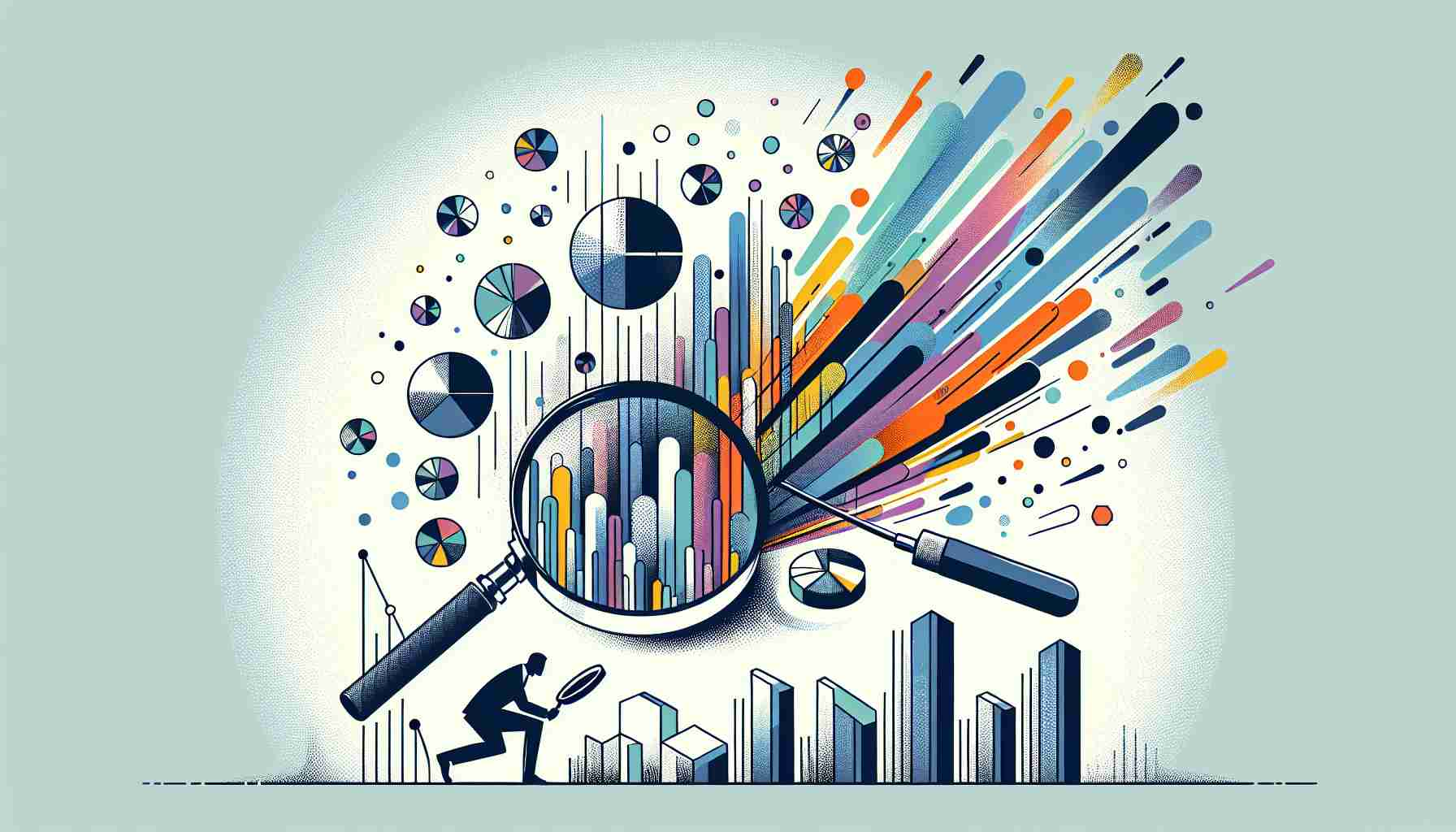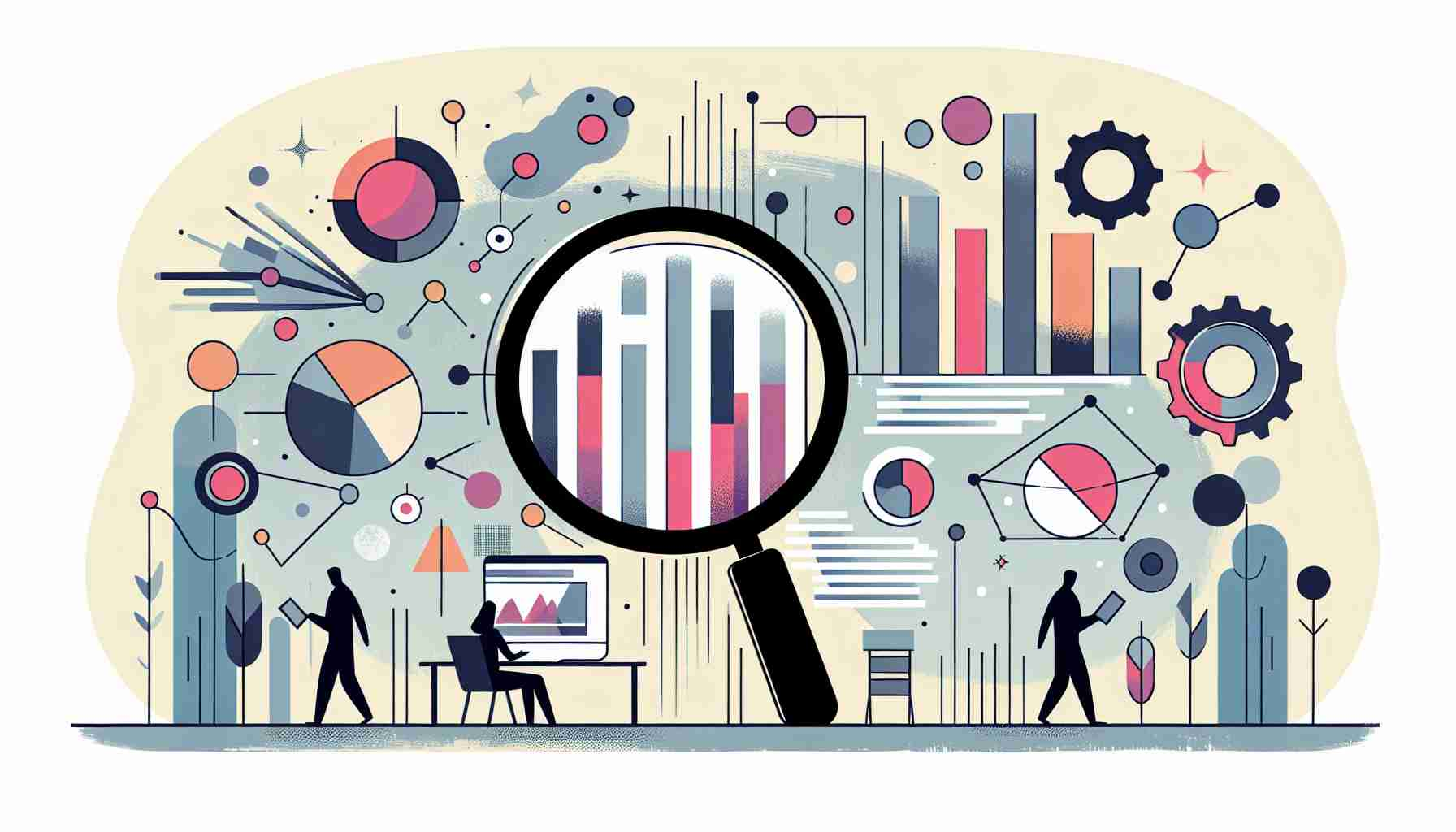Data Discovery Unveiling the Power of Data Analysis

Data Discovery Briefly Summarized
- Data discovery is a crucial process in data analysis that involves identifying, gathering, and analyzing data to uncover patterns and insights.
- It employs visual tools and advanced analytics to help both technical and non-technical users understand data relationships and make informed decisions.
- The process is essential for compliance with data privacy laws and for the effective governance of sensitive and business-critical data.
- Data discovery tools are user-oriented and facilitate the exploration of data through interactive and intuitive interfaces.
- It is a foundational step in the broader field of Business Intelligence (BI) that leads to actionable intelligence for various organizational departments.
Data discovery is an integral component of modern data analysis, providing a pathway to transform raw data into strategic insights. This process is not just about collecting data; it's about making sense of it and leveraging it to drive business decisions. In this comprehensive guide, we will delve into what data discovery is, its importance, the methods involved, and the tools used to facilitate it.
Introduction to Data Discovery
In the age of information, data is ubiquitous. Organizations across the globe generate vast amounts of data daily. However, this data is only as valuable as the insights that can be extracted from it. Data discovery is the process that enables organizations to sift through the noise, identify patterns, and unlock the potential of their data.
Data discovery is not a one-off task but a continuous process that adapts as new data enters the system. It involves several steps, including data preparation, visual analysis, and interactive exploration. By employing data discovery, organizations can quickly find answers to business questions, identify trends, and make predictions.
Why Is Data Discovery Important?
Data discovery is more than a buzzword; it's a business necessity. In a world where data-driven decisions are paramount, being able to quickly and efficiently analyze data sets you apart from the competition. Here are some reasons why data discovery is critical:
- Improved Decision Making: By uncovering hidden patterns and relationships within data, organizations can make more informed decisions.
- Increased Agility: Data discovery tools allow for rapid analysis, which means businesses can respond to market changes swiftly.
- Enhanced Data Governance: Identifying and classifying data helps in managing it effectively, ensuring compliance with regulations like GDPR.
- User Empowerment: With visual tools, non-technical users can participate in data analysis, democratizing data and fostering a data-driven culture.
The Data Discovery Process
The data discovery process can be broken down into several key steps:
- Data Collection: This involves gathering data from various sources, including databases, spreadsheets, and cloud services.
- Data Preparation: The collected data is cleaned and transformed to ensure it is accurate and ready for analysis.
- Data Cataloging: Data is organized and indexed, making it easier to search and retrieve for analysis.
- Data Classification: Data is categorized based on types, sources, and sensitivity, which is crucial for data governance.
- Data Analysis: Using statistical methods and visualization tools, data is analyzed to find patterns and insights.
- Data Visualization: Insights are presented in a visual format, such as charts or graphs, making them easier to understand and communicate.
Methods and Tools Used in Data Discovery
Data discovery employs a variety of methods and tools designed to facilitate the exploration and analysis of data:
- Visual Analytics: Tools that provide interactive visualizations help users see the story their data is telling.
- Guided Analytics: These functions guide users through the data analysis process, often with the help of machine learning and AI.
- Data Modeling: Understanding the relationships between different data elements is crucial, and modeling helps in visualizing these connections.
- Advanced Analytics: Techniques such as predictive analytics and data mining are used to forecast trends and identify outliers.
Best Practices for Data Discovery
To maximize the benefits of data discovery, organizations should adhere to the following best practices:
- Start with Clear Objectives: Know what business questions you want to answer before diving into the data.
- Ensure Data Quality: Clean and accurate data is the foundation of reliable analysis.
- Foster Collaboration: Encourage different departments to work together, sharing insights and data resources.
- Prioritize Data Security: Protect sensitive data throughout the discovery process.
- Invest in Training: Equip your team with the skills to use data discovery tools effectively.
Conclusion

Data discovery is a transformative process that turns raw data into actionable insights. By understanding and implementing this process, organizations can make better decisions, respond to changes quickly, and maintain a competitive edge in their respective industries.
FAQs on Data Discovery
What is data discovery? Data discovery is the process of collecting, preparing, analyzing, and visualizing data to uncover patterns, trends, and insights that inform business decisions.
Why is data discovery important? Data discovery is important because it enables organizations to make data-driven decisions, respond to market changes quickly, and ensure data governance and compliance.
What tools are used for data discovery? Tools used for data discovery include visual analytics platforms, guided analytics functions, data modeling software, and advanced analytics techniques.
How does data discovery differ from traditional data analysis? Data discovery is more user-oriented and interactive, focusing on visual exploration and rapid insights, whereas traditional data analysis may be more rigid and time-consuming.
Can non-technical users perform data discovery? Yes, one of the goals of data discovery tools is to enable non-technical users to explore and analyze data without needing extensive technical expertise.
Sources
- Discovery Data: Data is in our DNA
- Data Discovery: What Is It & Why Is It Important? - NetSuite
- What is Data Discovery? 4-Step Process & Methods - Coresignal
- Data Discovery: what it is, why it matters and what tools are used
- What is Data Discovery? Definition and Related FAQs | Cyral
- What Is Data Discovery and Why Does It Matter? | Informatica
- What is Data Discovery? Why It Matters & Best Practices - Qlik
- What is Data Discovery? Definition and FAQs | HEAVY.AI
- Data Discovery: A Comprehensive Guide | Osano